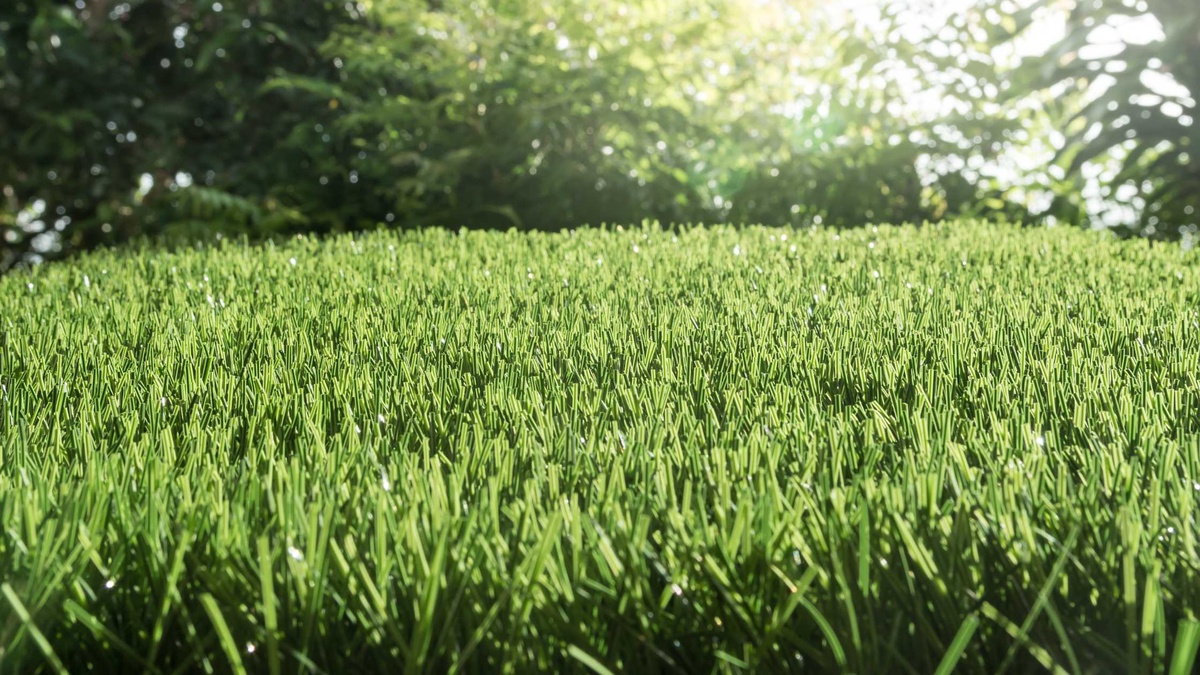In recent years, the landscape of sports fields, residential lawns, and public spaces has undergone a remarkable transformation thanks to the advent of synthetic turf. What was once regarded as a purely utilitarian solution for athletic fields has evolved into a sophisticated art form, seamlessly blending the natural aesthetic of grass with the durability and practicality of modern technology.
The Evolution of Synthetic Turf: From Function to Form
Initially developed in the mid-20th century as a solution to the challenges of maintaining natural grass playing surfaces, artificial turf has come a long way since its inception. Early iterations were characterized by a harsh, plastic-like texture and an unmistakably artificial appearance. However, advances in materials science and manufacturing techniques have led to the creation of synthetic turf that closely mimics the look and feel of natural grass.
Achieving Aesthetic Authenticity: The Science Behind Synthetic Turf
The key to the success of modern synthetic turf lies in its ability to replicate the intricate characteristics of natural grass. Advanced weaving technologies and innovative yarn compositions allow manufacturers to create fibers that are soft to the touch and resilient to wear and tear. Additionally, specialized infill materials such as rubber or sand provide stability and cushioning, further enhancing the natural feel of the surface.
Environmental Benefits: Sustainability and Conservation
Beyond its aesthetic appeal, synthetic turf offers numerous environmental advantages compared to natural grass. By eliminating the need for watering, mowing, and chemical fertilizers, artificial turf helps conserve water resources and reduce carbon emissions associated with lawn maintenance equipment. Additionally, the durability of synthetic turf ensures long-term usage without the need for constant replacement, minimizing waste and promoting sustainability.
Versatility and Practicality: Beyond the Playing Field
While synthetic turf has long been associated with sports fields and stadiums, its versatility extends far beyond athletic applications. Residential homeowners are increasingly opting for artificial lawns as a low-maintenance alternative to traditional grass, enjoying year-round greenery without the hassle of regular upkeep. Similarly, public spaces such as parks, playgrounds, and urban plazas are embracing synthetic turf as a cost-effective solution for creating vibrant, inviting environments.
Conclusion: The Future of Landscaping Lies in Artificial Turf
In conclusion, the evolution of synthetic turf represents a triumph of innovation and ingenuity, transforming an industrial solution into a work of art. By seamlessly blending the natural aesthetic of grass with the durability and practicality of modern technology, artificial turf has become the preferred choice for landscaping projects of all scales. Whether enhancing athletic performance, conserving water resources, or creating inviting public spaces, synthetic turf offers a winning combination of beauty and functionality that is here to stay.
So, next time you stroll across a lush green field or lounge in a pristine backyard, take a moment to appreciate the artistry of artificial turf and the remarkable journey that has led to its widespread adoption.


No comments yet